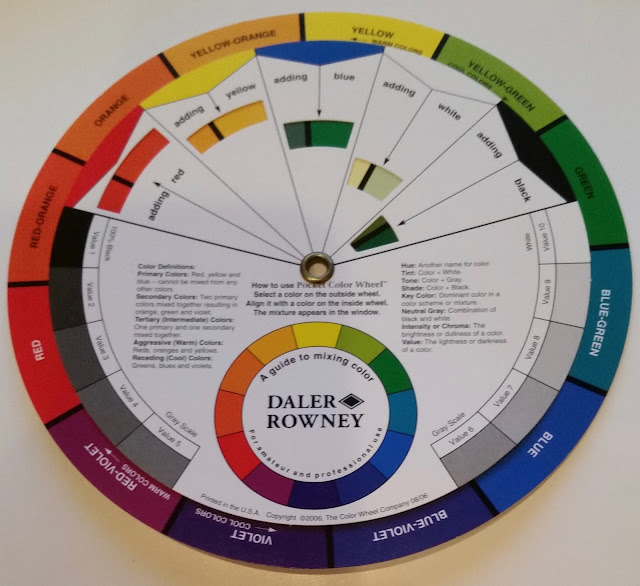Well, everything is finally finished and hung in their new home. At least it's home for now. When I arrived they had 2 other artists there each with their own work to hang. The owner said for us to work out the arrangement of all the paintings amongst ourselves and then left the room. Ok, I can do this I thought...I introduced myself and we then put our heads together and worked it out! It went well since we all for the most part had complimentary colors in our paintings and photos. (one person is a photographer)
Three and a half hours later all the paintings & photos were hung in a pleasing arrangement and everyone was happy. Quite an accomplishment I feel! (artists can have big egos at times it seems) And best of all the owners were happy!! Unfortunately, I forgot to take pictures of it! Oh well, I will go next week after they open and take several to post. I was thrilled to have been able to hang all my paintings except one. I could have hung it but I chose to hold it out and take it down to The Back 40 Urban Cafe (# 1 I'll call it) they said they had sold another of my paintings! Yay! This time it was "BACK BAY", the one with water and boats only, no sky. It is on the available paintings page marked sold. My daughter took the original photo so some of the credit goes to her photography!
Now for the lesson. This week I decided to go over the color wheel. Many have one but aren't quite sure how to use it. If understood, it is a powerful tool to have and yes I have one and use it often. Size doesn't matter except larger ones are easier to read.
To start with we all are probably familiar with the term primary colors. They are Red, Yellow and Blue. Then when mixed together we get secondary colors. Yellow & blue make green, red & yellow make orange, red & blue make violet. Then if we mix those secondary colors we then get tertiary colors. This is where the color wheel is important! Who can remember all the yellow-oranges, red-oranges, red-violet, blue-violet, etc, etc, etc.
Then you have to consider Tint, Tone, and Shade, Hue.
Hue: is the pure color.
Tint: is the color mixed with white
Tone: is the color mixed with gray
Shade: is the color mixed with black
This may seem overwhelming, but a color wheel keeps it simple for you. Everything is in writing and if you look closely at my photos the windows each show what the color looks like with each mixture. So easy.
Next you have color combinations to consider. In decorating we call it the color scheme. There is the complimentary color scheme. Opposite on the color wheel. Always a good standby, and remember if you ever want to gray down a color, just add its compliment to it and voila' it is grayed! Simple! Then you have monochromatic, or different shades of one color. This can be tough but it is beautiful when well done. Especially when JUST A TOUCH of the complimentary color is added for punch! You can get into several more, but they are more difficult. So get a color wheel if you don't already have one and study it carefully. Keep it by your side when you paint and refer to it often. Eventually you may not need it, but I keep it close just in case. It can get you out of a mess quickly!
Below I have photos of both the front and back of my color wheel. I bought a new one so you can read the words. Mine is a mess. Also, I have a photo of the final painting finished. Enjoy!
 |
| "UNSPOILED BEAUTY" 36 x 48 Acrylic Notice the sun coming through the trees? That is the focal point and it is quite dramatic! |



